How Can Companies Leverage Audit Findings for Continuous Improvement?
In today’s business environment, maintaining high ethical standards is not just a regulatory requirement but a key component of long-term success. Social compliance audits are essential tools for ensuring that a company’s operations and supply chains meet these standards. However, the true value of an audit lies not just in identifying areas of non-compliance, but in how companies use the findings to drive continuous improvement.
At CDG, we specialize in Social Compliance Audit services that do more than just assess your current practices—they provide actionable insights to help you achieve and maintain compliance. In this blog post, we’ll explore how companies can leverage audit findings for continuous improvement, turning potential weaknesses into strengths and ensuring ongoing adherence to ethical standards.
Introduction: The Importance of Continuous Improvement in Social Compliance
Social compliance audits are a critical step in ensuring that a company adheres to labor laws, human rights standards, and environmental regulations. These audits provide a snapshot of a company’s compliance status at a given point in time. However, to truly benefit from the audit process, companies must view these findings as a starting point for continuous improvement rather than a final judgment.
Continuous improvement involves regularly evaluating and enhancing your compliance practices to not only meet but exceed standards. By leveraging audit findings, companies can address immediate issues and build more robust, resilient processes that adapt to changing regulations and market expectations.
1. Analyzing Audit Findings
The first step in leveraging audit findings for continuous improvement is to thoroughly analyze the results. This involves understanding the root causes of any non-compliance issues and identifying patterns or recurring themes that may indicate underlying problems.
1.1. Identifying Root Causes
To address non-compliance effectively, it’s essential to go beyond the symptoms and identify the root causes of the issues. This analysis helps ensure that corrective actions are not just temporary fixes but long-term solutions.
- Root Cause Analysis: Conduct a root cause analysis for each non-compliance issue identified in the audit. This involves asking questions like “Why did this happen?” and “What underlying factors contributed to this issue?” By drilling down into the causes, you can develop more effective corrective actions.
Example: If an audit reveals that a supplier consistently fails to meet safety standards, the root cause analysis might reveal that the supplier lacks proper safety training programs or that there is inadequate oversight of safety practices.
1.2. Identifying Patterns and Trends
In addition to addressing individual issues, it’s important to look for patterns or trends across multiple audits or different parts of the organization. These patterns can highlight systemic issues that need to be addressed at a broader level.
- Trend Analysis: Review audit findings over time to identify recurring issues or areas where non-compliance is common. This analysis can reveal weaknesses in your compliance program or areas where additional resources or attention may be needed.
Practical Tip: Use audit management software to track and analyze audit findings over time. This software can help you identify trends and ensure that all issues are systematically addressed.
2. Developing and Implementing Corrective Actions
Once you have a clear understanding of the issues identified in the audit, the next step is to develop and implement corrective actions. These actions should be designed to address the root causes of non-compliance and prevent future occurrences.
2.1. Creating a Corrective Action Plan
A corrective action plan (CAP) is a detailed roadmap for addressing the issues identified in the audit. The plan should include specific steps, responsible parties, timelines, and success metrics to ensure that corrective actions are effectively implemented.
- Detailed Action Steps: Outline the specific actions that need to be taken to address each non-compliance issue. These steps should be clear, actionable, and measurable.
- Assigning Responsibilities: Assign responsibility for each action to specific individuals or teams within the organization. This accountability ensures that actions are taken in a timely manner.
Example: If an audit finds that workers are not receiving adequate rest breaks, the corrective action plan might include revising the company’s break policies, providing additional training to supervisors, and regularly monitoring compliance with the new policies.
2.2. Implementing and Monitoring Corrective Actions
Implementing corrective actions is only the first step; it’s also crucial to monitor their effectiveness over time. This monitoring ensures that the actions are having the desired impact and that compliance is being maintained.
- Ongoing Monitoring: Set up regular check-ins or follow-up audits to assess the effectiveness of the corrective actions. This monitoring helps identify any new issues that may arise and ensures that the company remains compliant.
- Feedback Loops: Create feedback loops where employees and stakeholders can report on the effectiveness of corrective actions or suggest further improvements. This feedback helps refine and improve the compliance process over time.
Practical Tip: Use key performance indicators (KPIs) to track the success of corrective actions. For example, if the goal is to improve workplace safety, KPIs might include a reduction in workplace accidents or an increase in safety training participation.
3. Fostering a Culture of Continuous Improvement
For continuous improvement to be effective, it must be ingrained in the company’s culture. This means that everyone, from top management to frontline employees, must be committed to ongoing learning, development, and improvement.
3.1. Promoting Leadership Commitment
Leadership plays a crucial role in fostering a culture of continuous improvement. When company leaders are visibly committed to ethical practices and compliance, it sets the tone for the entire organization.
- Leadership Involvement: Ensure that top management is actively involved in the compliance process and that they regularly review audit findings and corrective actions. Their involvement demonstrates the importance of compliance and encourages others to take it seriously.
Example: A company might hold regular compliance review meetings where senior leaders discuss audit findings, monitor progress on corrective actions, and set new compliance goals.
3.2. Engaging Employees in the Process
Employees are the frontline of any compliance effort, and their engagement is critical to the success of continuous improvement initiatives. By involving employees in the compliance process, companies can tap into their insights and foster a sense of ownership and responsibility.
- Training and Education: Provide ongoing training and education to employees about the importance of compliance and how they can contribute to continuous improvement. This training should be tailored to different roles within the organization.
- Employee Involvement: Encourage employees to participate in the compliance process by reporting issues, suggesting improvements, and providing feedback on corrective actions. This involvement helps create a culture of accountability and continuous learning.
Practical Tip: Establish an employee suggestion program where workers can submit ideas for improving compliance practices. Recognize and reward employees who contribute valuable insights or help implement successful improvements.
4. Leveraging Technology for Continuous Improvement
Technology plays a key role in enabling continuous improvement in social compliance. By leveraging digital tools and platforms, companies can streamline their compliance processes, improve data management, and enhance transparency.
4.1. Using Audit Management Software
Audit management software can help companies manage their audit processes more efficiently, from scheduling and conducting audits to tracking corrective actions and generating reports.
- Centralized Data Management: Use audit management software to centralize all audit data, making it easier to analyze findings, track progress, and identify trends. This centralized approach improves transparency and accountability.
- Automated Alerts and Reminders: Set up automated alerts and reminders to ensure that corrective actions are implemented on time and that follow-up audits are conducted as scheduled. This automation helps prevent compliance issues from falling through the cracks.
Example: A company might use audit management software to track the progress of corrective actions across multiple locations, ensuring that all sites are aligned with the company’s compliance goals.
4.2. Enhancing Communication and Collaboration
Technology can also improve communication and collaboration across the organization, making it easier to share audit findings, discuss corrective actions, and monitor progress.
- Collaboration Platforms: Use collaboration platforms to facilitate communication between teams, departments, and stakeholders involved in the compliance process. These platforms can help ensure that everyone is on the same page and that issues are addressed promptly.
- Data Analytics: Leverage data analytics tools to analyze audit data and identify areas for improvement. These tools can help companies gain deeper insights into their compliance practices and make more informed decisions.
Practical Tip: Consider implementing a compliance dashboard that provides real-time visibility into the status of audits, corrective actions, and compliance metrics. This dashboard can help management monitor progress and quickly identify any areas that need attention.
Turning Audit Findings into Opportunities for Growth
Social compliance audits are more than just a regulatory requirement—they are an opportunity for companies to continuously improve their operations and build a stronger, more ethical business. By leveraging audit findings effectively, companies can address immediate issues, foster a culture of continuous improvement, and ultimately enhance their reputation, competitiveness, and sustainability.



